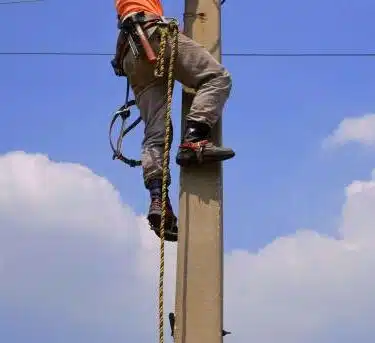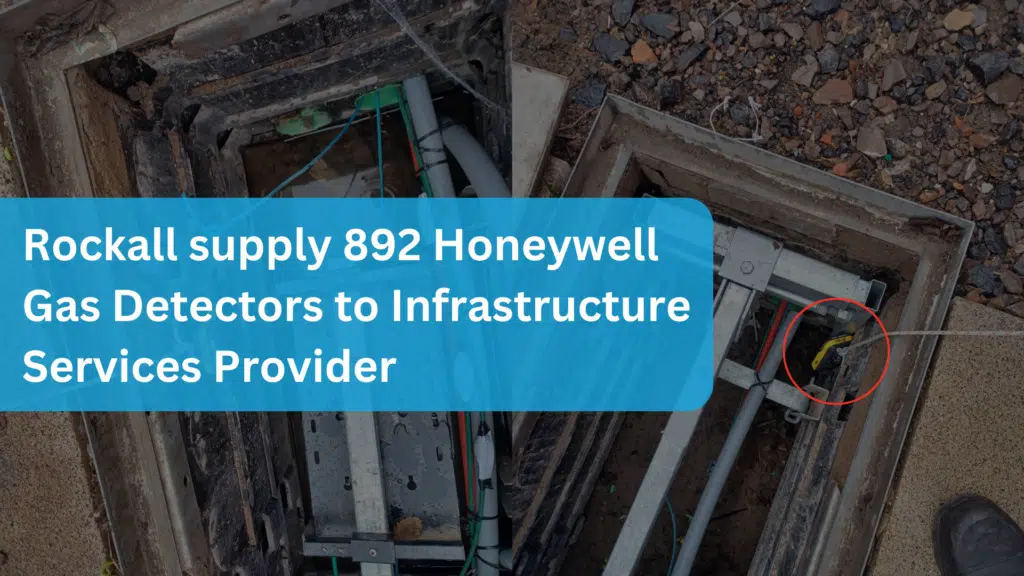
Understanding the Risks and Regulations
Working at height is a common but hazardous activity in many industries, including construction, maintenance, and even window cleaning. Ensuring the safety of workers in such environments is critical, and this is where the Work at Height Regulations 2005 comes into play. This blog post explores what working at height entails, the dangers associated with it, and the regulations designed to keep workers safe.
What is Working at Height?
This refers to any work carried out in a place where, if precautions were not taken, a person could fall a distance liable to cause personal injury. This includes working above ground or floor level, falling from an edge, through an opening, or even falling from ground level into an opening in the floor or a hole in the ground. It does not include slips or trips on the same level or walking up and down permanent staircases.
The Dangers
Working at height poses significant risks, primarily due to the potential for falls, which are the leading cause of workplace fatalities and major injuries. Here are some of the main dangers:
Falls: The most obvious and severe risk, falls from height can result in serious injuries or fatalities. Even falls from relatively low heights can be dangerous if precautions are not taken.
Falling Objects: Tools or materials dropped from height can cause severe injuries to those below. Proper securing of equipment is essential to mitigate this risk.
Ladder Mishaps: Incorrect use of ladders, such as using the wrong type for the job or not securing them properly, can lead to falls.
Fragile Surfaces: Working on or near fragile surfaces like roofs can result in falls through the surface, which is particularly dangerous.
Adverse Weather Conditions: Wind, rain, and other weather conditions can affect balance and visibility, increasing the risk of falls.
These dangers underscore the importance of proper planning, risk assessment, and adherence to safety regulations when working at height.
Work at Height Regulations 2005
To address the risks associated with this type of work, the UK government introduced the Work at Height Regulations 2005. These regulations aim to prevent death and injury caused by falls from height. Key aspects of these regulations include:
- Risk Assessment: Employers must assess the risks and take appropriate measures to mitigate those risks.
- Hierarchy of Control: The regulations establish a hierarchy for managing risks:
- Avoid work at height where possible
- Use existing safe places of work
- Provide work equipment to prevent falls
- Mitigate the consequences of a fall

Competence: Those involved in work at height must be competent or, if being trained, supervised by a competent person.
Equipment Selection: Appropriate work equipment must be selected and used, considering the nature of the work and the working conditions.
Inspection and Maintenance: All equipment used for work at height must be properly inspected and maintained.
Fragile Surfaces: Special precautions must be taken when working on or near fragile surfaces.
Planning and Organisation: All work at height must be properly planned, organised, and supervised.
Best Practices for Working at Height
There are many ways to minimise the risks when working height; for example, plan carefully to ensure all work at height is organised and supervised accordingly. Choosing the correct tools and safety gear for the job, such as scaffolding, mobile elevated work platforms (MEWPs), or safety harnesses, is crucial in minimising the risks.
Said equipment should then be inspected before use and maintained at a proper standard. All workers should be provided with comprehensive training on safety procedures and equipment use, to avoid incorrect use and potential injury.
Last but certainly not least, using barriers and signed to prevent unauthorised access to areas below overhead work gives clean warning to workers and mitigates the potential for injury and risk.
Conclusion
Working at height is inherently risky, by understanding the risks, adhering to regulations, and implementing best practices, employers and workers can significantly reduce the dangers associated with working at height.
The Work at Height Regulations 2005 provide a comprehensive framework to ensure the safety of workers, emphasising the importance of risk assessment, competence, and the use of appropriate equipment.
For more detailed information on working at height and the specific regulations, refer to the Health and Safety Executive (HSE) guidelines and resources.
Remember, safety should always be the top priority when undertaking any task that involves working at height.
Rockall Safety supply a wide range of equipment designed for working at height. We work with reputable brands such as RIDGEGEAR, GLOBESTOCK, and ABTECH SAFETY to make sure that our customers are receiving the best quality the market has to offer.
If you are unsure which product is best suited to your needs, give our team a call and they can assist you in making the right decision.





